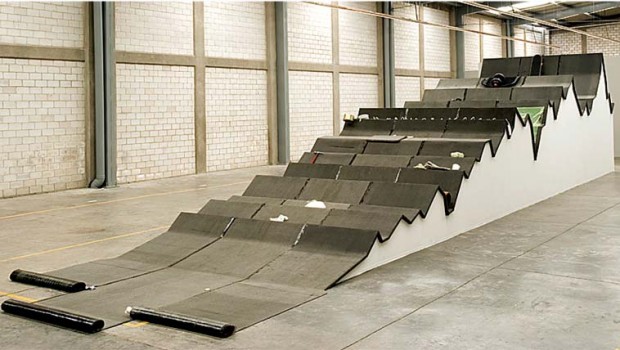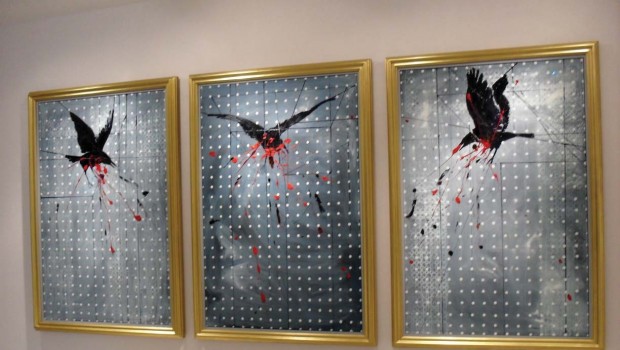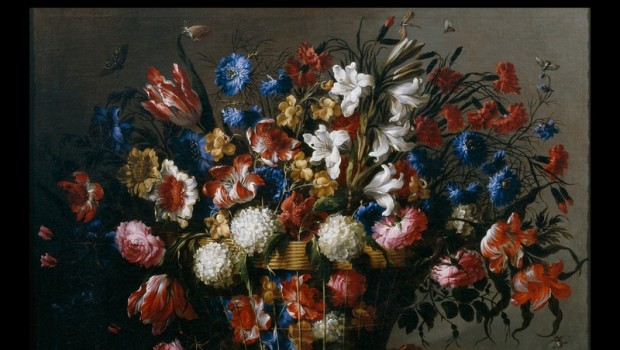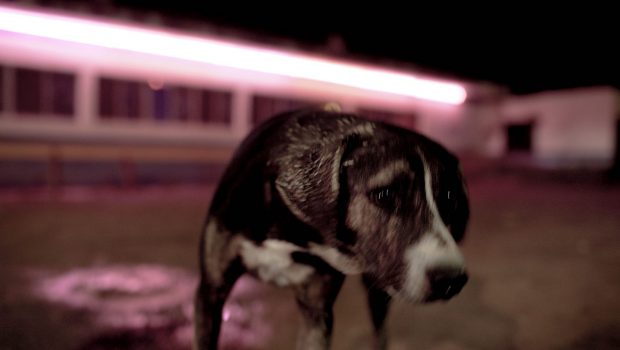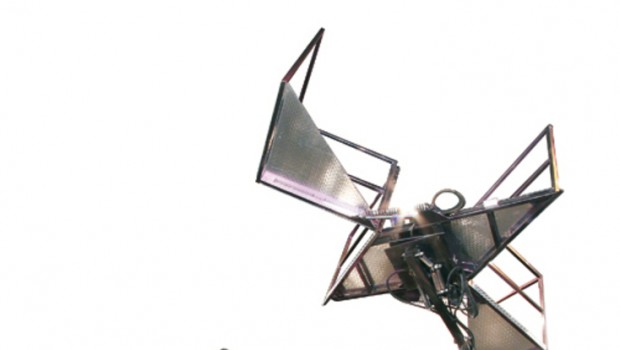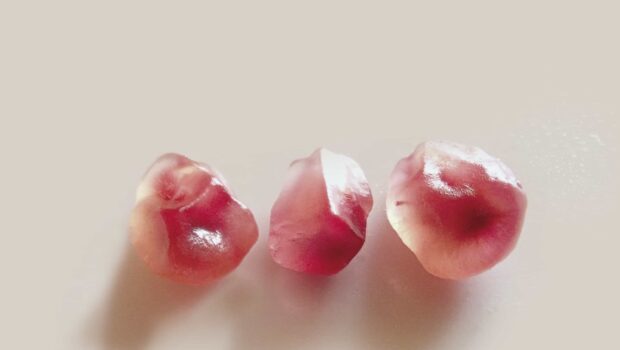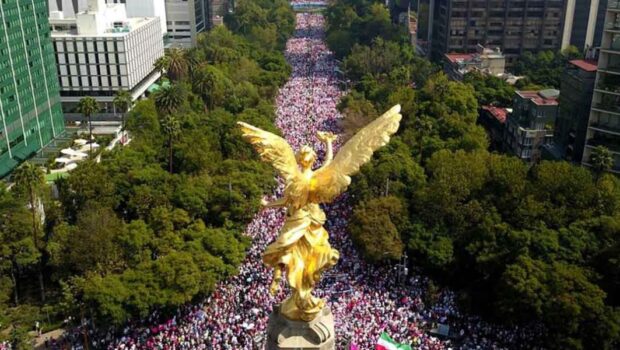The Work of Mexican Artist Gabriel Kuri
Evan J. Garza
Download Complete PDF / Descargar
It was Jean Baudrillard who said, “It is a world completely rotten with wealth, power, senility, indifference, puritanism and mental hygiene, poverty and waste, technological futility and aimless violence, and yet I cannot help but feel it has about it something of the dawning of the universe.” Such is the case with the work of Mexican contemporary artist Gabriel Kuri, whose recent body of work accentuates the existence of the insignificant and the excessivity of consumerism, temporality, and post-modern culture in the face of the mundane.
Kuri belongs to a generation of young, up-and-coming Mexican artists who in recent years have garnered a fairly decent amount of international attention in the wake of the success of other Mexican artists like Miguel Calderón, Daniel Guzmán, and Francis Alÿs as well as the recent international spotlight on Mexico City as one of the art world’s new hotspots. Dynamic Mexican art that embraces non-traditional materials and methods, inspired by conceptualism and globalization, has enjoyed an international impact due in large part to the participation of Eugenio López Alonso, the 39-yearold heir to the Jumex fortune. The Jumex Collection, considered to be the largest private collection of contemporary art in Latin America, features work by such artists as Jeff Koons, Donald Judd, and famed Mexican stars like Gabriel Orozco and Kuri himself. For much of the late 80s and early 90s, Kuri was active in the workshop of Orozco, where the seeds of Post-Minimalism were sewn many times over. For Kuri, however, the approach to art making was far more concerned with readymade and found materials and the ensuing relationships to society and culture that followed.
Materialism is no stranger to Americans or to the American art conscious. Warhol designed his entire career around tossing the American consumerist condition in the face of the people who contributed to it and, more importantly, to those who funded it. Kuri’s work attempts to expose our relationship to the tangible things we take for granted and our relationship to the actions associated with them. Fundamentally bred from the Post-Minimalists, Kuri’s sculpture and installations push us further than superfi cial materiality, molded by intrinsic social and cultural constructs and complicated layers of subtlety and subversion.
In 2004, the Museum of Contemporary Art San Diego purchased Untitled (superama II), a hand woven Gobelin tapestry made to resemble a giant Mexican Wal-Mart receipt, complete with itemized purchases of tuna, Cheetos, and a large barcode at the bottom. In the past, tapestries have been used as tools to convey historical narratives. Leaflet, a related tapestry piece, is a twelve by eight foot daily coupon from a newspaper supplement. The Gobelin, a laborious form of tapestry weaving, was completed in a traditional Guadalajaran style by a number of weavers. There are several stories Kuri wishes to tell here, the most obvious of which being the relationship of relevance to scale. In creating an item we often take for granted, and by using such a complicated method on such a grand scale, Kuri engages in a dialogue with the arbitrary in an overtly literal manner.
Attempts like these to draw attention to our perceptions of everyday items are worthwhile, but their strong association with consumerism may overshadow what is at the heart of Kuri’s work. His recent solo exhibition, Reforma Fiscal 2007, at Kurimanzutto in Mexico City, was much more successful. The artist played with similar themes of scale and the everyday, but with a quantifiable and formalist context in mind. As a giant freestanding mountain resembling the peaks and valleys of a chart, the sculpture the exhibition was named after applies quantifiable values to a slew of inane, seemingly insignificant objects placed atop the sculpture at various points. Instead of displaying a relationship of numbers or values on the chart itself, crumpled wrappers, styrofoam cups, a barbeque pit and other items are organized in a kind of arbitrary hierarchy to suggest relationships to one another and to the viewer. Their placement at different points on the scale prompts the question of whether their significance as ‘things’ makes them valuable or expendable, a commodity or trash. Inherent to Kuri’s work is a ripe sense of humor and the inclination of the work to somehow manage to make fun of itself while still evoking a serious dialogue. His 2004 works Clouds and Thank you, no thank you use plastic supermarket bags and oscillating fans in a manner that is both playful and strangely gorgeous. Each piece is composed of several bags that are tied to the face of a small fan mounted at the top of a wall or on the ceiling. Using them for their material and semantic properties, the plastic bags fill with air, accentuating their emptiness and the strange beauty they create when infl ated together. Phrases like ‘Gracias’ and ‘Thank you’ are written on the face of some of the bags, which disappear and reappear as they deflate and fill up again.
Kuri’s sculpture and installations have their roots in the conceptual, readymade work of Marcel Duchamp and the environmental aesthetics of Joseph Beuys, whose idea of social sculpture was the basis of Escultura Social: A New Generation of Art from Mexico City, which Kuri participated in this summer at the Museum of Contemporary Art, Chicago. His Duchampian tendencies also extend to the artist’s selective use of text. Why Not Now, which debuted at Kuri’s 2003 exhibition, Start to Stop Stopping at Antwerp’s MuHKA, made use of a storagecloset filled with bags of the museum’s lawn fertilizer, ant powder and items meant to be used over a period of time. He then placed three separate strobe-lit light boxes on the shelves to blink the words, ‘Why’, ‘Not’, and ‘Now’ at an incredible speed and in random intervals. The museum’s cleaning staff continued to use the items from the closet and the quantity of materials shrank slowly until the exhibition’s closing. The rapid-fire and arbitrary pace of the blinking text and the slow deterioration of materials inside the closet made for a dichotomy that speaks to the artist’s penchant for the imperfect and the mind’s ability to produce random thought.
The question of what we invest in the several tiny transactions that fill up our daily lives is one that Kuri never really answers for us, and rightly so. He wants to redirect us back to the idiosyncratic fundamentals of our existence as a people who wait in line in grocery stores, gas stations, and bus stops; men and women who save a few cents on marked down products as a means to an end. He calls into question the way we as a society place values on that which we are presented with daytoday and the intangible associations with each. What may be Gabriel Kuri’s strongest suit, however, is the subtle and gently beautiful manner in which the artist is able to do so.
Posted: April 11, 2012 at 7:15 pm


